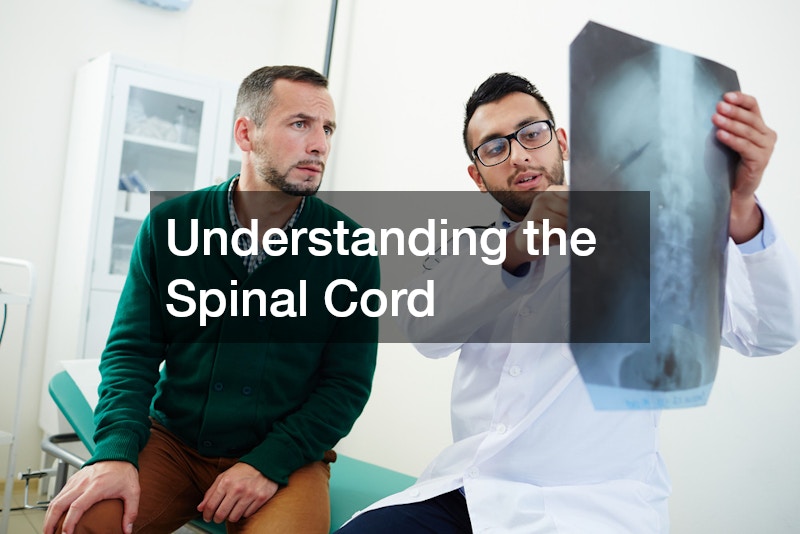Understanding the Spinal Cord
The spinal cord is one of the most vital structures in the human body. It acts as the primary communication channel between the brain and the rest of the body, facilitating the transmission of signals that control movement, sensation, and reflexes. Without a properly functioning spinal cord, daily activities would be significantly impaired, as it plays a critical role in almost every physical and autonomic function.
Structure of the Spinal Cord
The spinal cord is a long, cylindrical structure composed of nerves. It begins at the base of the brainstem and extends down through the vertebral column, protected by the vertebrae, which are the bones that make up the spine. The spinal cord is divided into different sections: cervical, thoracic, lumbar, sacral, and coccygeal regions, each responsible for controlling various parts of the body.
The nerves that branch out from the spinal cord are organized into 31 pairs, each serving a specific area. These nerves play a critical role in carrying sensory information to the brain and transmitting motor commands from the brain to the muscles.
Functions of the Spinal Cord
The spinal cord’s primary function is to relay information between the brain and the rest of the body. This includes both motor commands, which control movement, and sensory information, which enables sensations such as touch, temperature, and pain. It also plays a key role in autonomic functions like heart rate and breathing.
The spinal cord is also responsible for reflex actions. These are immediate responses to certain stimuli that occur without involving the brain. For example, if you touch something hot, your spinal cord quickly sends a signal to pull your hand away before the sensation of pain even reaches your brain.
Spinal Cord Injuries
Injury to the spinal cord can have serious consequences, depending on the location and severity of the damage. A spinal cord injury (SCI) can result from trauma such as a car accident, a fall, or a sports-related injury. When the spinal cord is damaged, it can cause partial or complete paralysis below the site of the injury. This is because the brain is no longer able to communicate effectively with the muscles and organs below the affected area.
In some cases, rehabilitation and therapy can help individuals recover some functions, but the damage to the spinal cord is often permanent. Advances in medical research, such as stem cell therapy and nerve regeneration techniques, are offering hope for improved treatments in the future.
Understanding the spinal cord and its functions highlights its importance in maintaining bodily function and the devastating effects of injury, emphasizing the need for ongoing research and awareness.
Watch the video above to learn more!.


